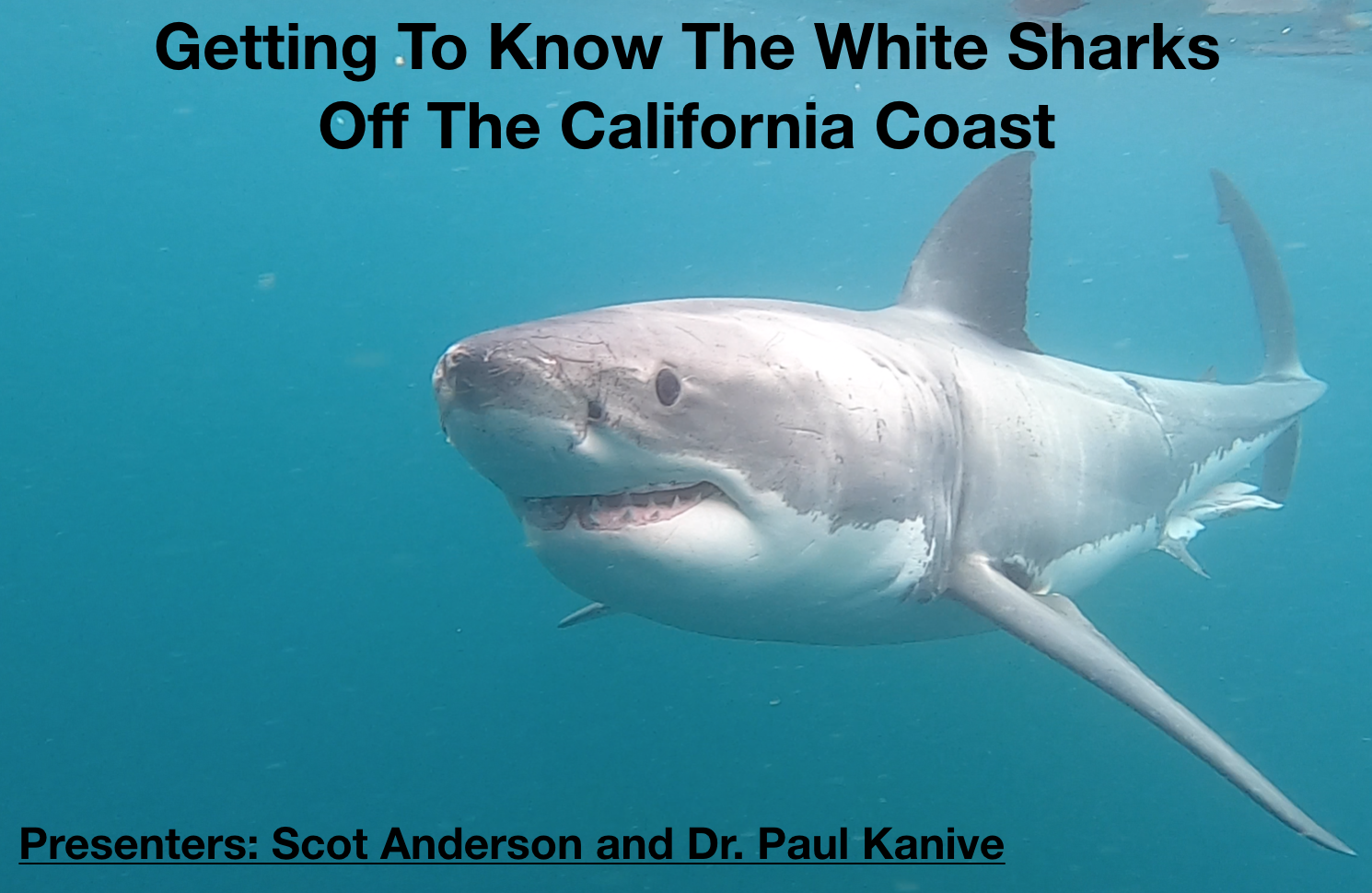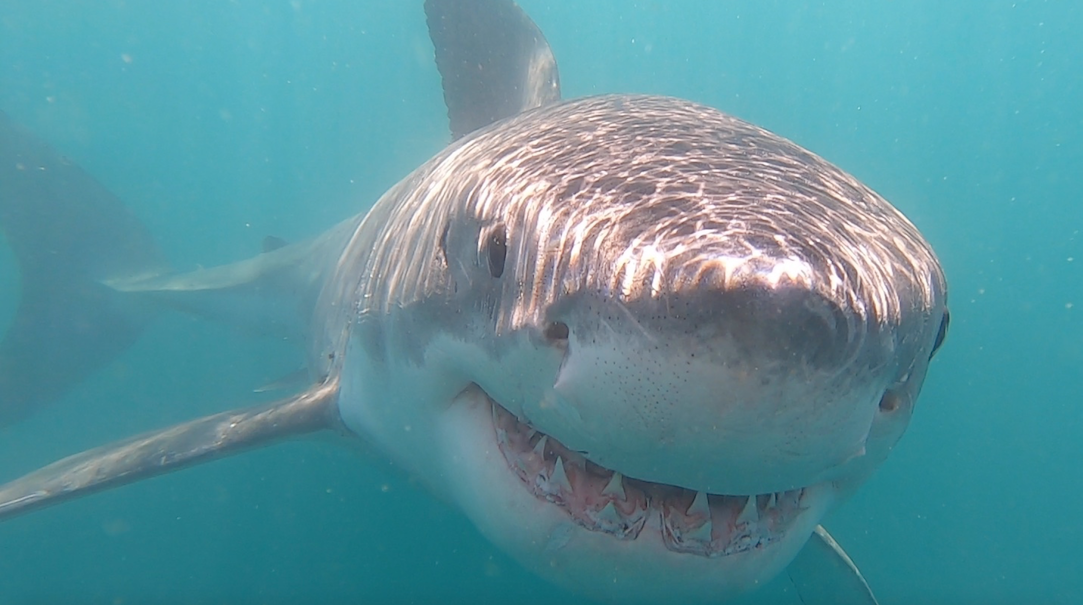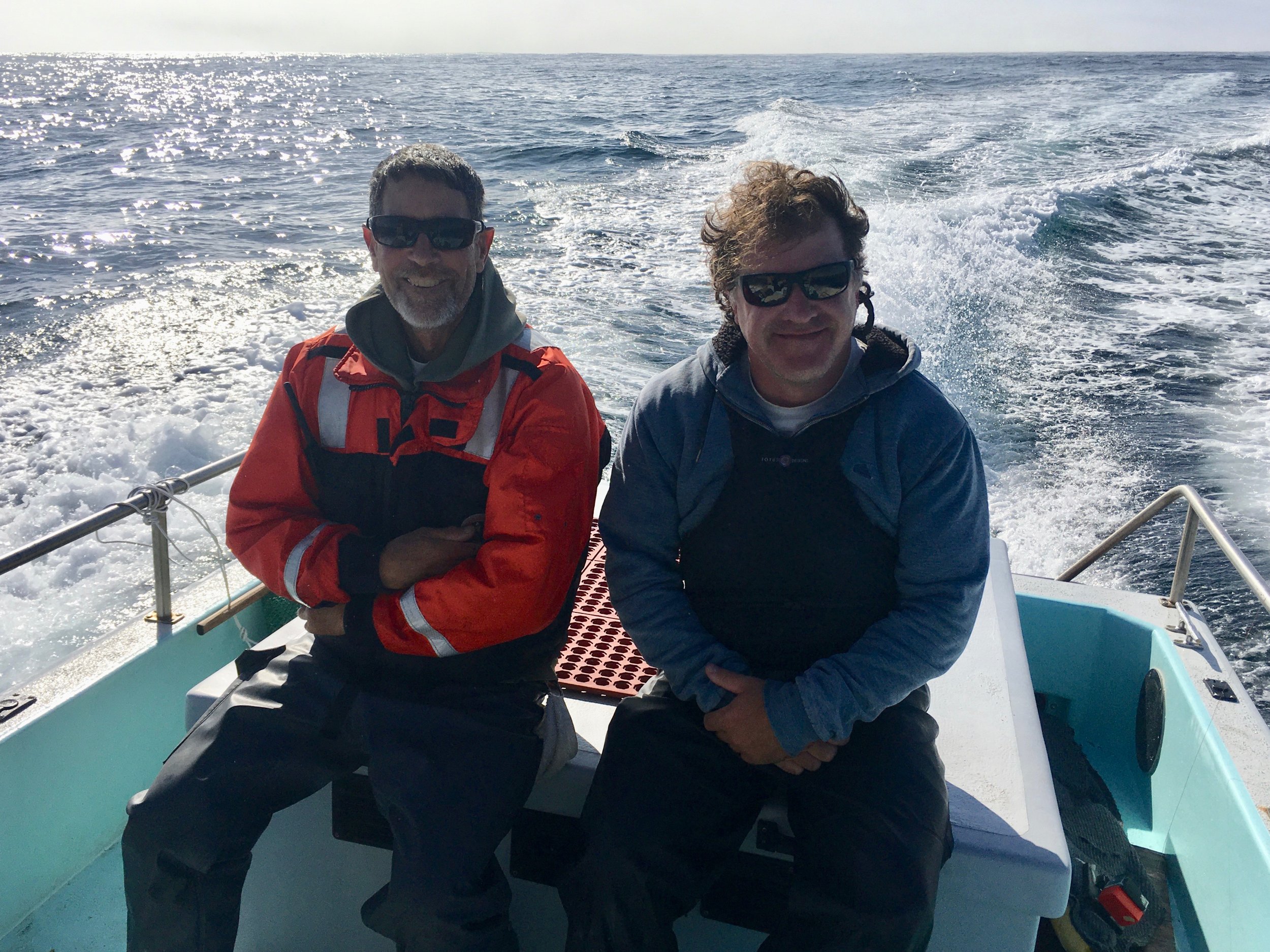Off the California coast, adult white sharks aggregate predominantly in the early fall to winter months. During this time while the sharks are coastal, researchers have access to study them. Over the last 30 years, marine scientists Scot Anderson and Paul Kanive of the California White Shark Project have been collecting data to discover important characteristics about this population of white sharks. They have learned a great deal about abundance and population trends, behavior and energetics, fine and large-scale movement patterns, and other nuances about their social construct. Please join us to learn from Scot Anderson and Paul Kanive as they share the details of their fascinating research efforts and findings.
This free event was open to the public. Registration was required. A suggested donation of $10 per participant is encouraged and greatly appreciated. Donations help cover webinar costs and support our education and cetacean research grant programs.
ABOUT Scot Anderson and Paul Kanive
Marine scientists Paul Kanive, Ph. D., and Scot Anderson are President and Vice President, respectively, of the California White Shark Project. This non-profit organization dedicated to the protection of white sharks, aims to sustain the longest-running survey of white sharks in the world that began 35 years ago. Sampling efforts during the fall and early winter months coincide with the peak coastal residency of white sharks at known aggregation sites along the coast of California. Over the years, the CWSP team has been able to get a ‘pulse’ on the health of this population by using their data to estimate important population characteristics such as survival rates, abundance, and population trends. Especially now as climate change alters our oceans, it is of critical importance to maintain the monitoring of this ecologically important top predator. www.californiawhitesharkproject.org
ABOUT Paul Kanive
Paul Kanive has been studying white sharks since 2008, when he volunteered to assist with field operations working with Tagging of Pelagic Predators (TOPP). In 2009, he began his graduate studies focusing on modeling and estimating white shark population parameters at Montana State University in Bozeman.
After earning a Master's degree in Fish and Wildlife Management in 2015, he continued his work on white shark population dynamics earning a Doctorate degree in Fish and Wildlife Biology in 2020. Paul splits his time between the mountains and rivers of Montana where skiing, mountain biking, and rafting are his preferred outdoor pursuits, and the ocean and mountains of California, where he can be found surfing, hiking, and mountain biking when he's not looking for sharks.
ABOUT scot Anderson
In 1987, after graduating with a degree in Environmental Studies, Scot volunteered at the Farallon Islands, a U.S. Fish and Wildlife Refuge. His passion for sharks led him to a lifelong study of the white sharks that aggregate there in dense numbers. He spotted and documented predation events from the island and developed the use of decoys (seal shape) with a video camera mounted underneath to film the sharks. He recognized that white shark individuals could be identified by their markings
including the dorsal fins notches. In 1993, Scot's video was used in the production of a BBC documentary "Great White Shark" for which he received an Emmy award for "Individual Achievement in a Craft: Cinematographers". He later teamed up with Stanford University to deploy the first PSAT satellite tags, which led to the discovery of shark migration to the White Shark "Café". This research continues today and dozens of papers have been written.






